Water Management
Technical Guidelines: Temporary Storage of Waste
Views : 5
Usually dispatched in 2 to 3 days
Usually dispatched in 2 to 3 days
Category:
Water Management
Only logged in customers who have purchased this product may leave a review.
Related books
Effective Utility Management A Primer for Water and Wastewater Utilities
Water and wastewater utilities across the country are facing many common challenges. Effective utility management can help utilities respond to both current and future challenges and support utilities in their common mission of being successful 21st century service
providers. Based on these challenges, EPA and six national water and wastewater associations signed an historic agreement in 2007 to jointly promote effective utility management based on the Ten Attributes of Effectively Managed Water Sector Utilities and five Keys to
Management Success.
Effective Utility Management A Primer for Water and Wastewater Utilities
Water and wastewater utilities across the country are facing many common challenges. Effective utility management can help utilities respond to both current and future challenges and support utilities in their common mission of being successful 21st century service
providers. Based on these challenges, EPA and six national water and wastewater associations signed an historic agreement in 2007 to jointly promote effective utility management based on the Ten Attributes of Effectively Managed Water Sector Utilities and five Keys to
Management Success.
Digitizing Water Management: Toward The Innovative Use Of Blockchain Technologies To Address Sustainability
Abstract:
Water has always been considered as a physically scarce resource particularly in North Africa, Central Asia, West Asia, among others. On the other hand, the current water management system is facing substantial difficulties due to the depletion of resources, the complexity of regulation, as well as the increasing demand of water in society. This article attempts to show the possibility of using blockchain technologies in managing scarce resources, such as water, to address environmental sustainability. Those applications could consolidate the seamless integration of the existing water management system through keen agreements which dwell on the blockchain and take into account automated work processes. It is expected that the implementation of blockchain technology will ensure trust, transparency, and accountability among individuals and other economic actors.
Digitizing Water Management: Toward The Innovative Use Of Blockchain Technologies To Address Sustainability
Abstract:
Water has always been considered as a physically scarce resource particularly in North Africa, Central Asia, West Asia, among others. On the other hand, the current water management system is facing substantial difficulties due to the depletion of resources, the complexity of regulation, as well as the increasing demand of water in society. This article attempts to show the possibility of using blockchain technologies in managing scarce resources, such as water, to address environmental sustainability. Those applications could consolidate the seamless integration of the existing water management system through keen agreements which dwell on the blockchain and take into account automated work processes. It is expected that the implementation of blockchain technology will ensure trust, transparency, and accountability among individuals and other economic actors.
Findings And Recommendations For A Water Utility Sector Management Strategy
Introduction:
This report presents the findings and recommendations of the Effective Utility Management Steering Committee to the Effective Utility Management Collaborating Organizations— Association of Metropolitan Water Agencies (AMWA); American Public Works Association (APWA); American Water Works Association (AWWA); National Association of Clean Water Agencies (NACWA); National Association of Water Companies (NAWC); United States Environmental Protection Agency (EPA); and Water Environment Federation (WEF)—referred to
as the Collaborating Organizations. As described below, the findings and recommendations in this report are to be used by the Collaborating Organizations to develop a water utility sector management strategy
Findings And Recommendations For A Water Utility Sector Management Strategy
Introduction:
This report presents the findings and recommendations of the Effective Utility Management Steering Committee to the Effective Utility Management Collaborating Organizations— Association of Metropolitan Water Agencies (AMWA); American Public Works Association (APWA); American Water Works Association (AWWA); National Association of Clean Water Agencies (NACWA); National Association of Water Companies (NAWC); United States Environmental Protection Agency (EPA); and Water Environment Federation (WEF)—referred to
as the Collaborating Organizations. As described below, the findings and recommendations in this report are to be used by the Collaborating Organizations to develop a water utility sector management strategy

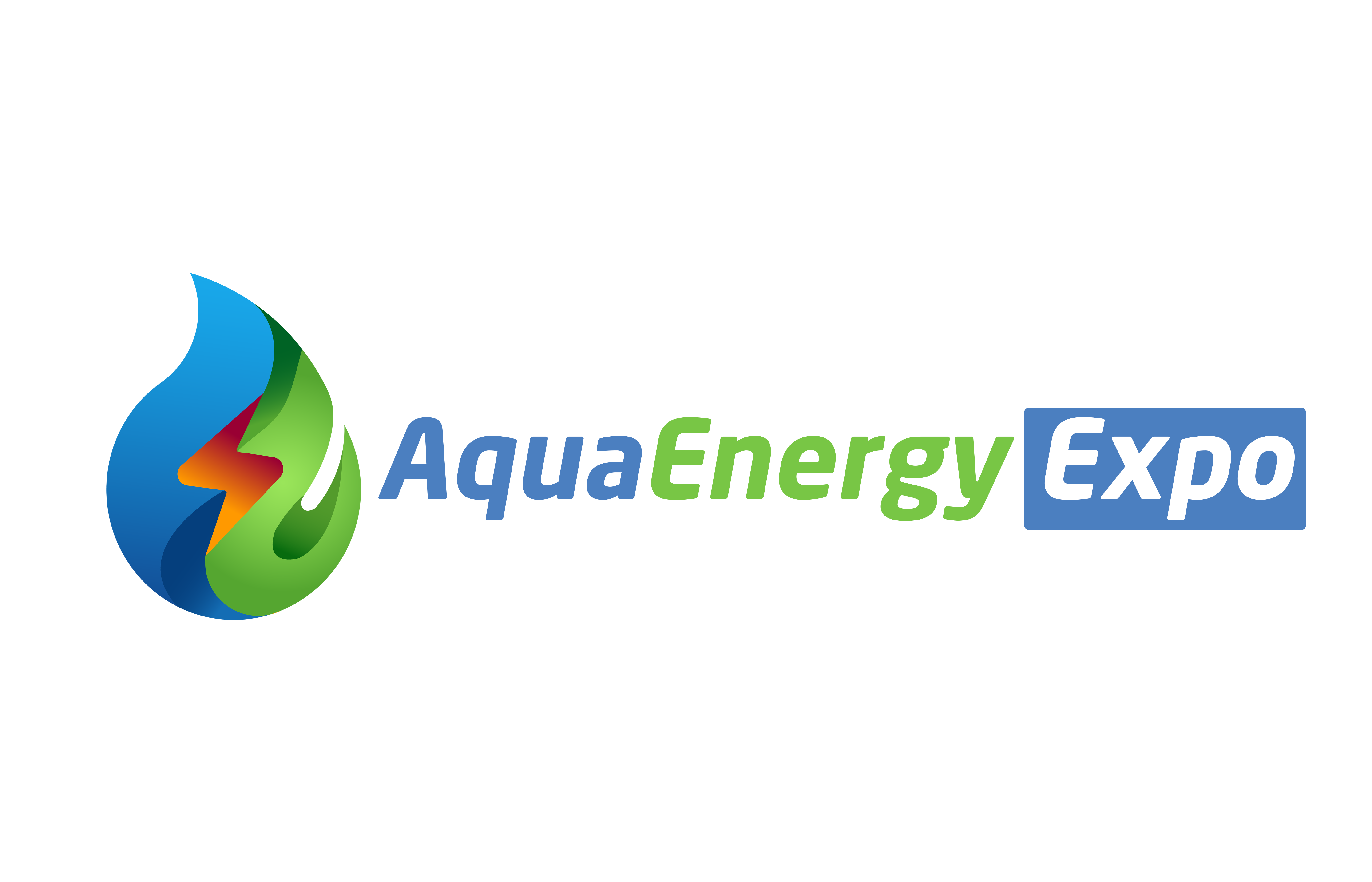
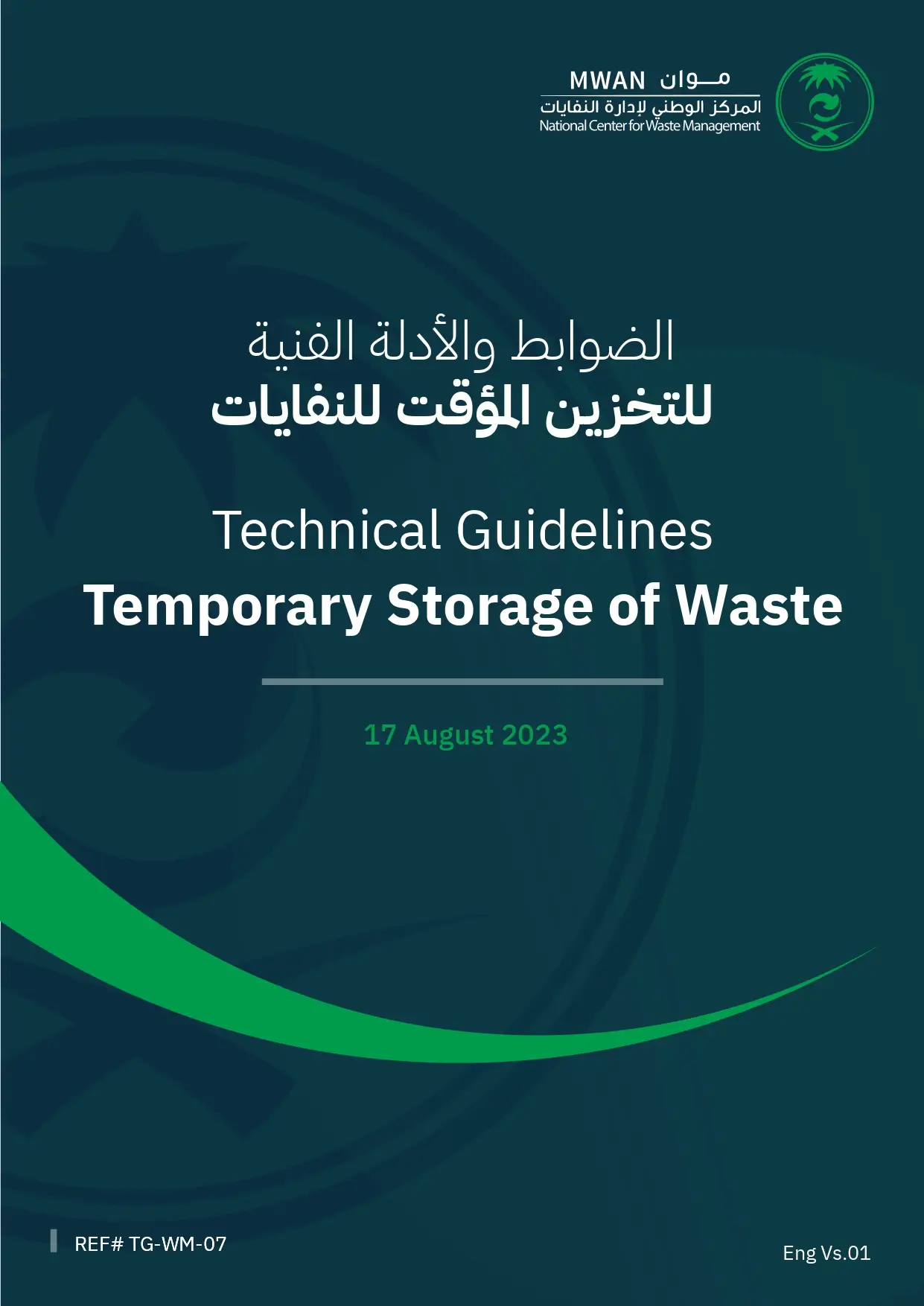
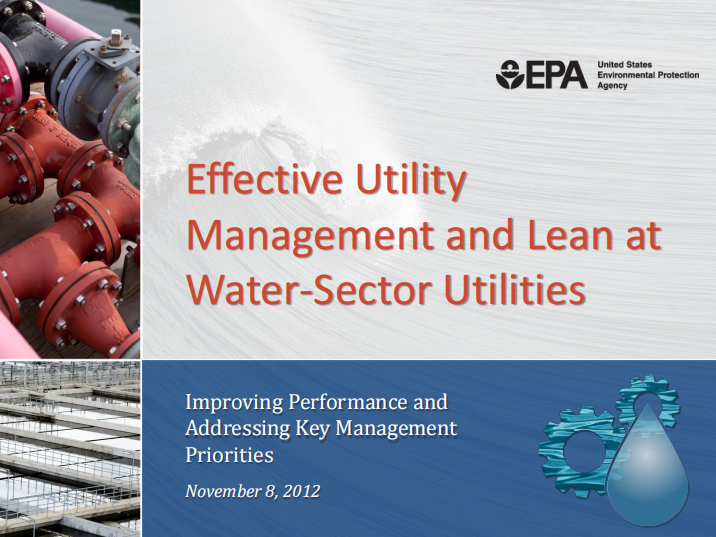
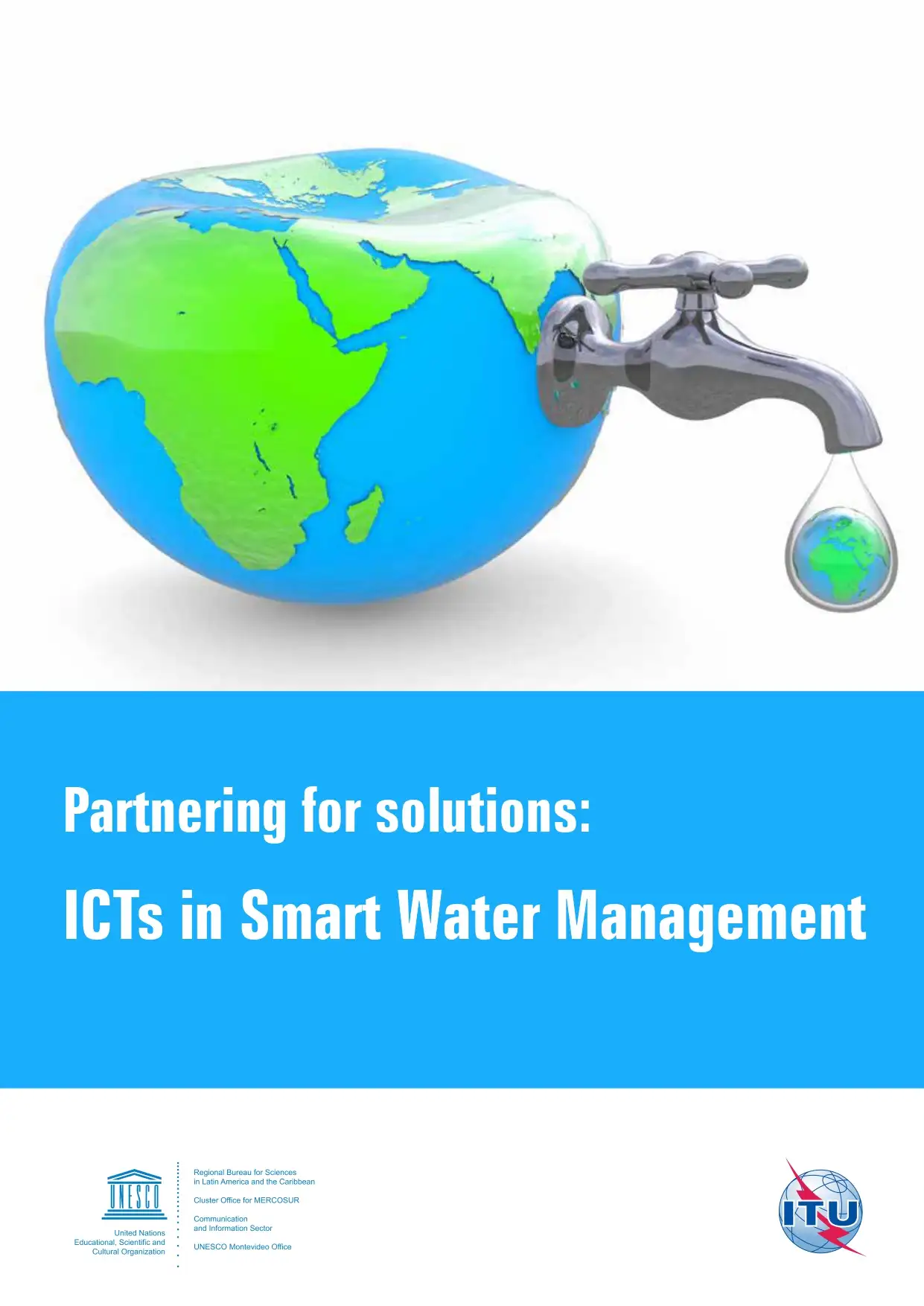
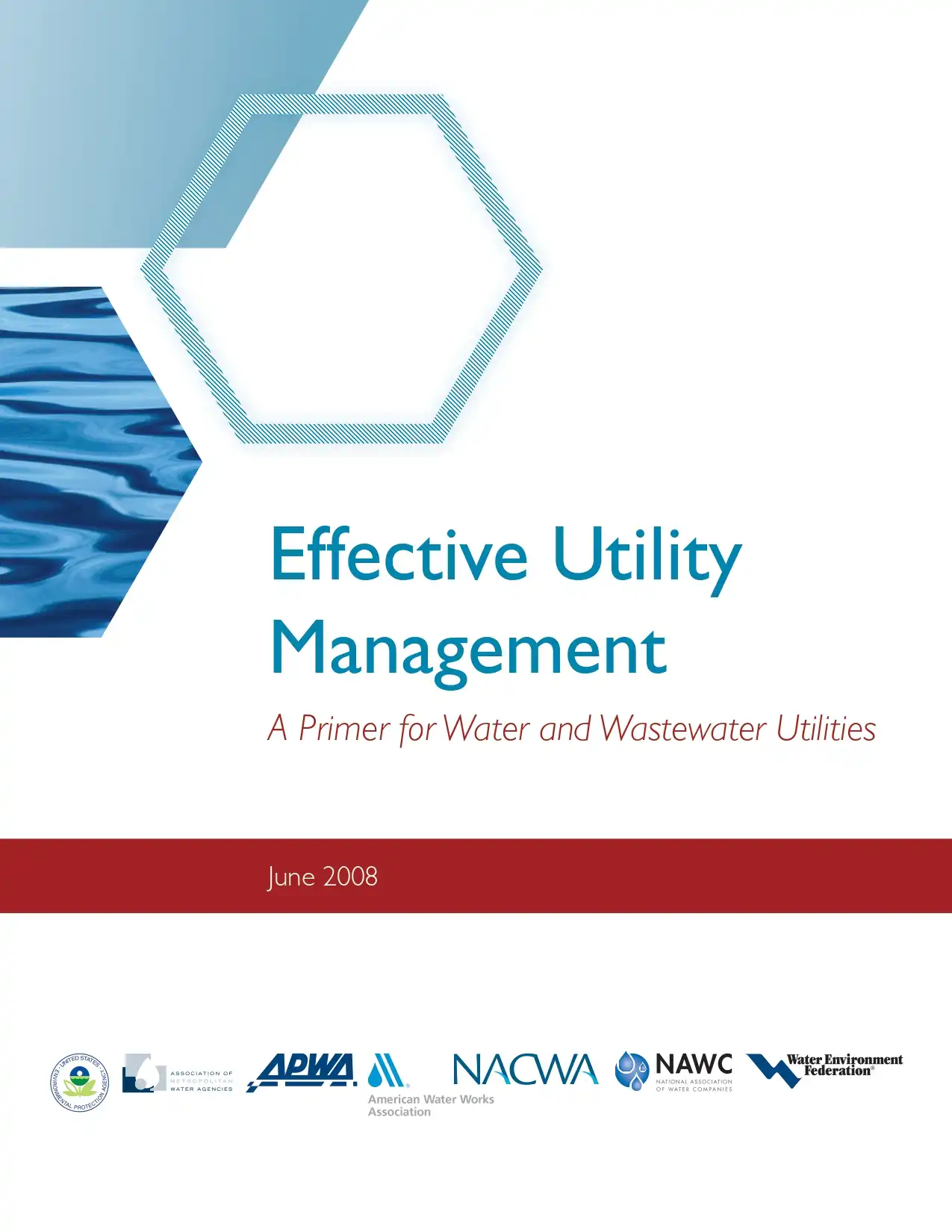
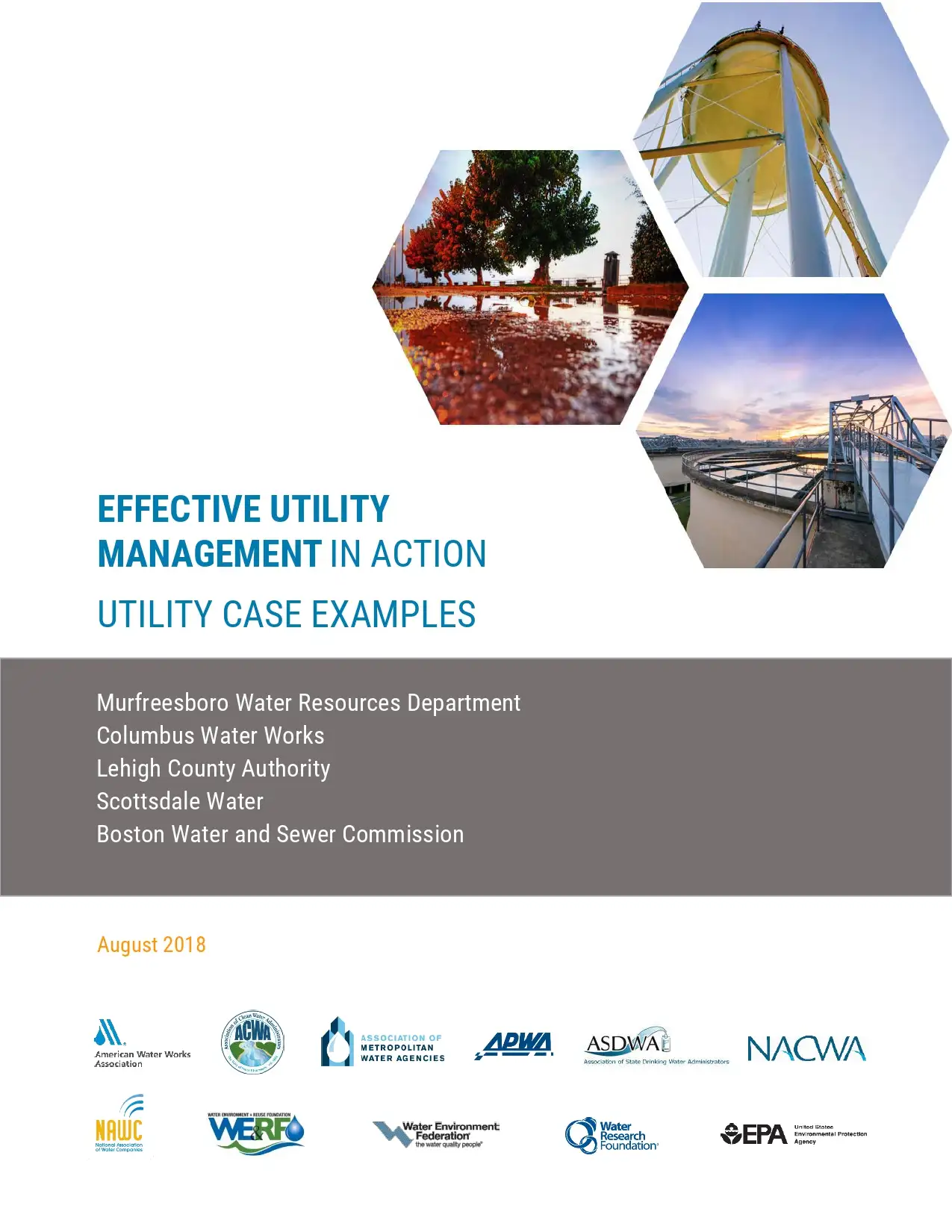

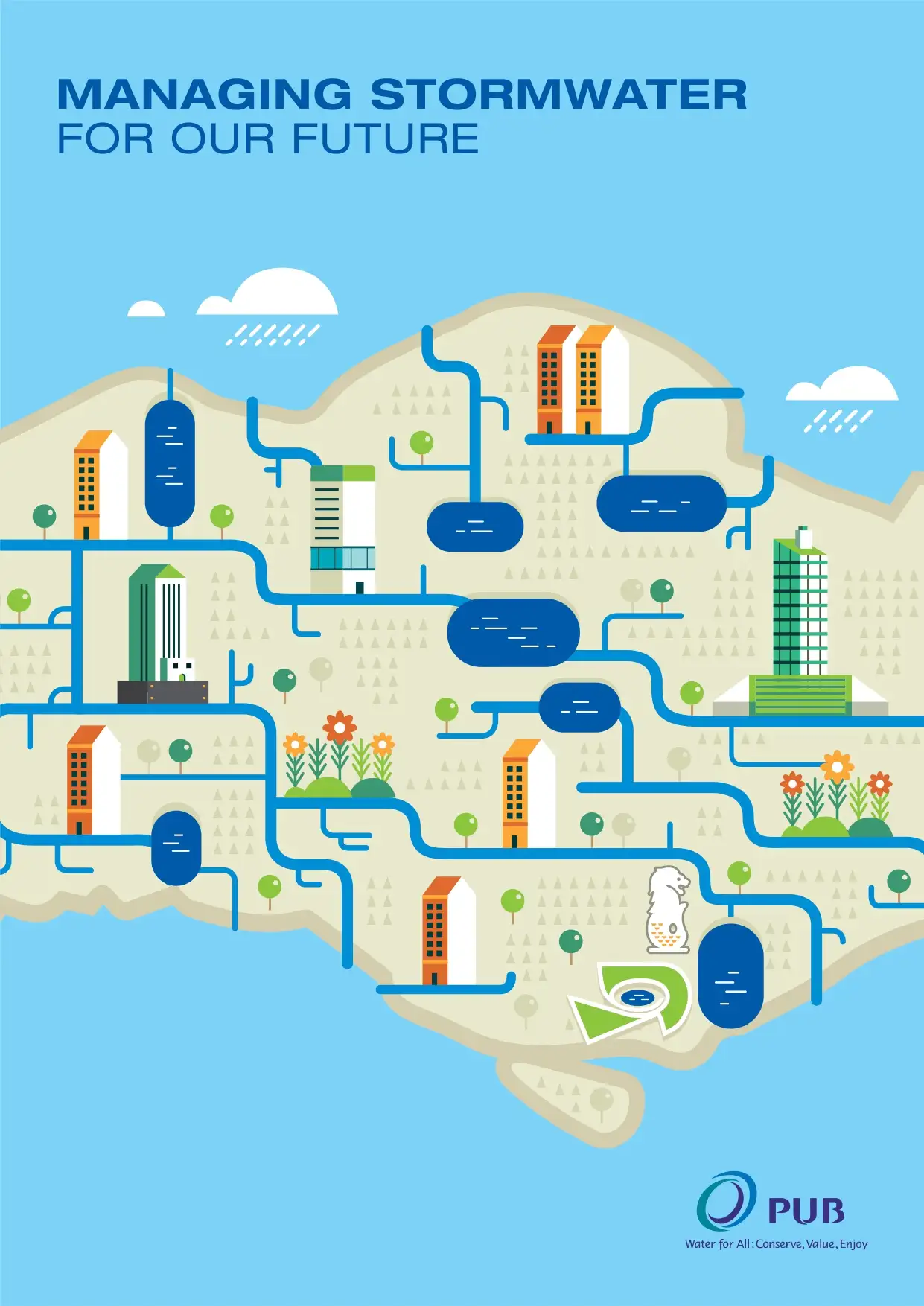
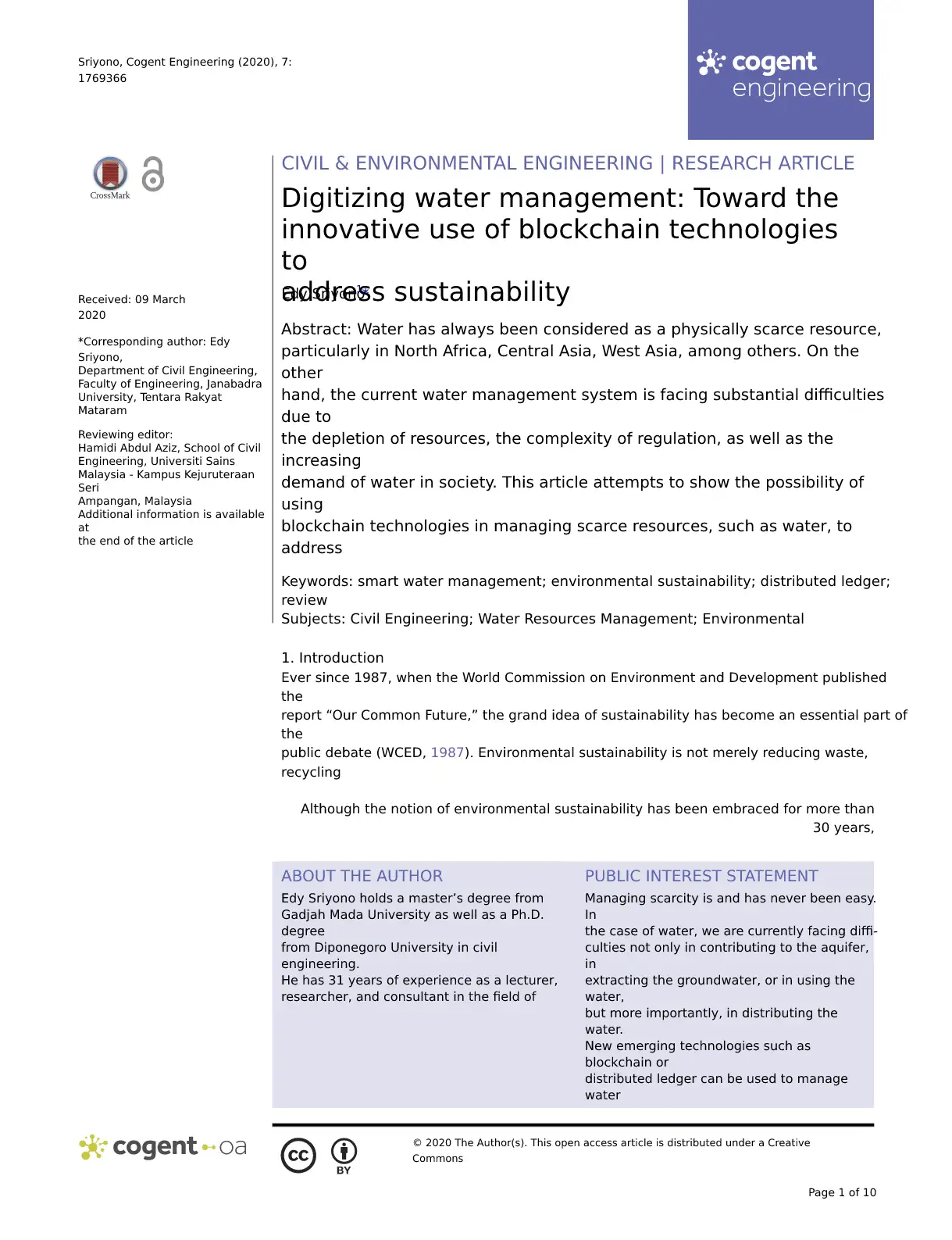
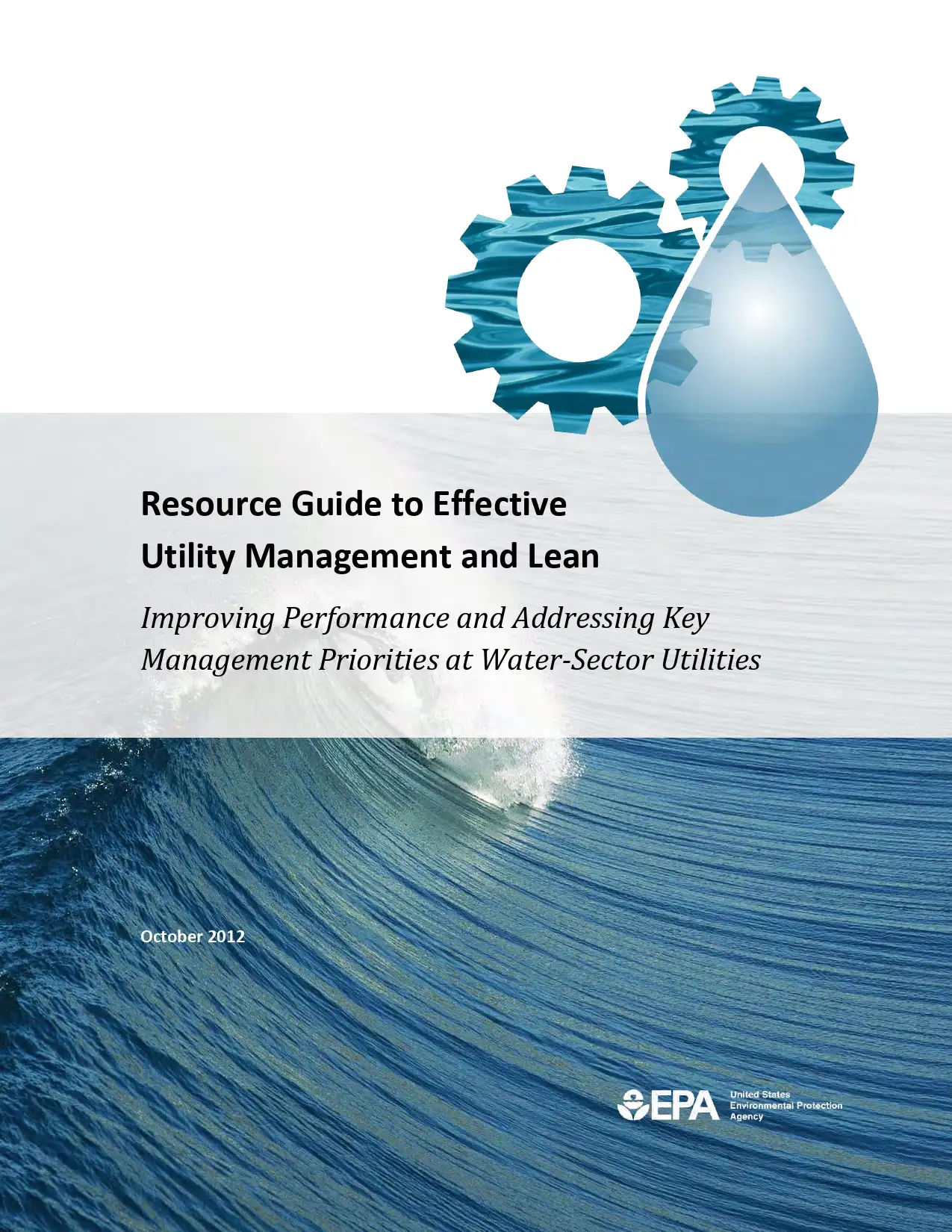
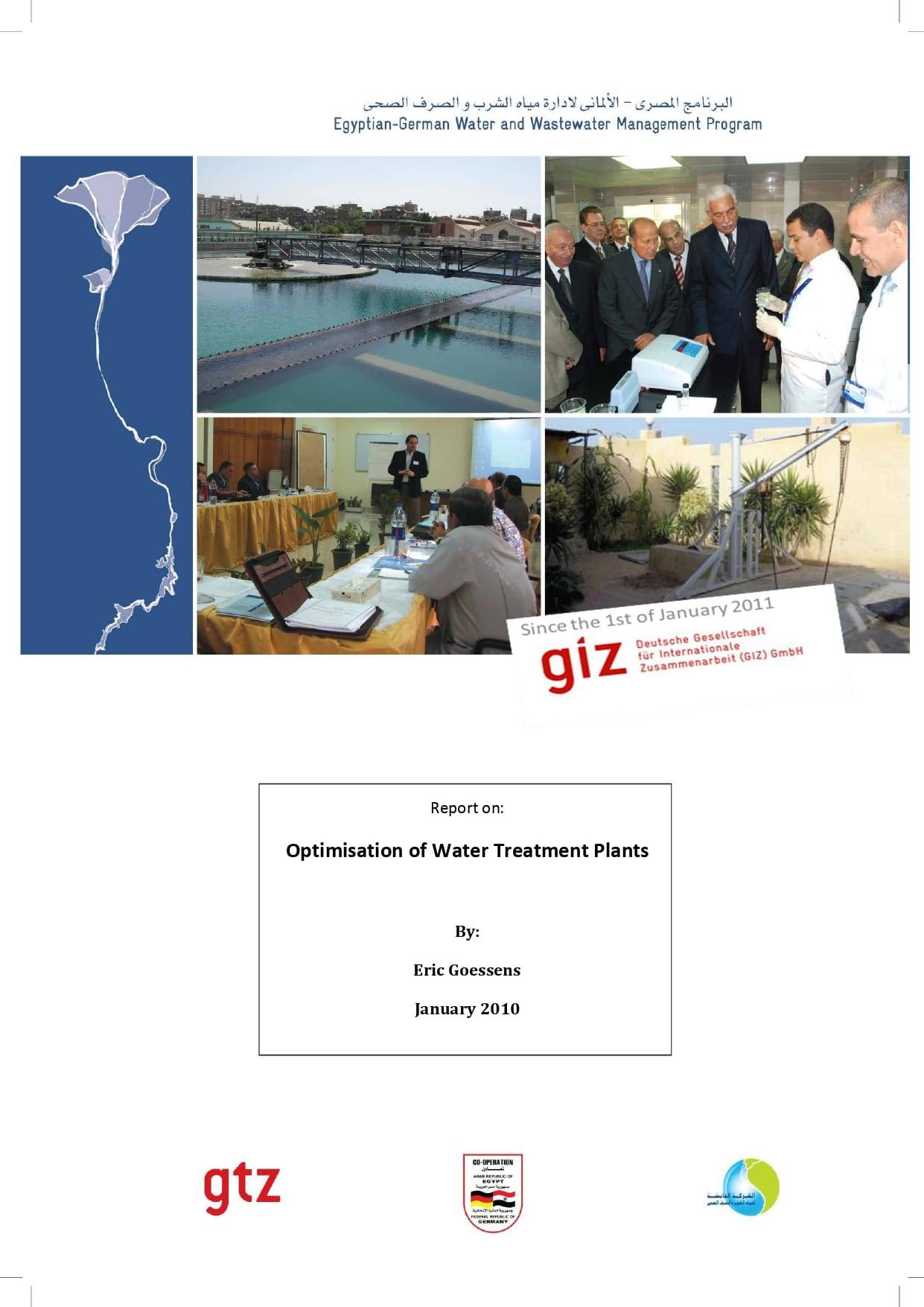

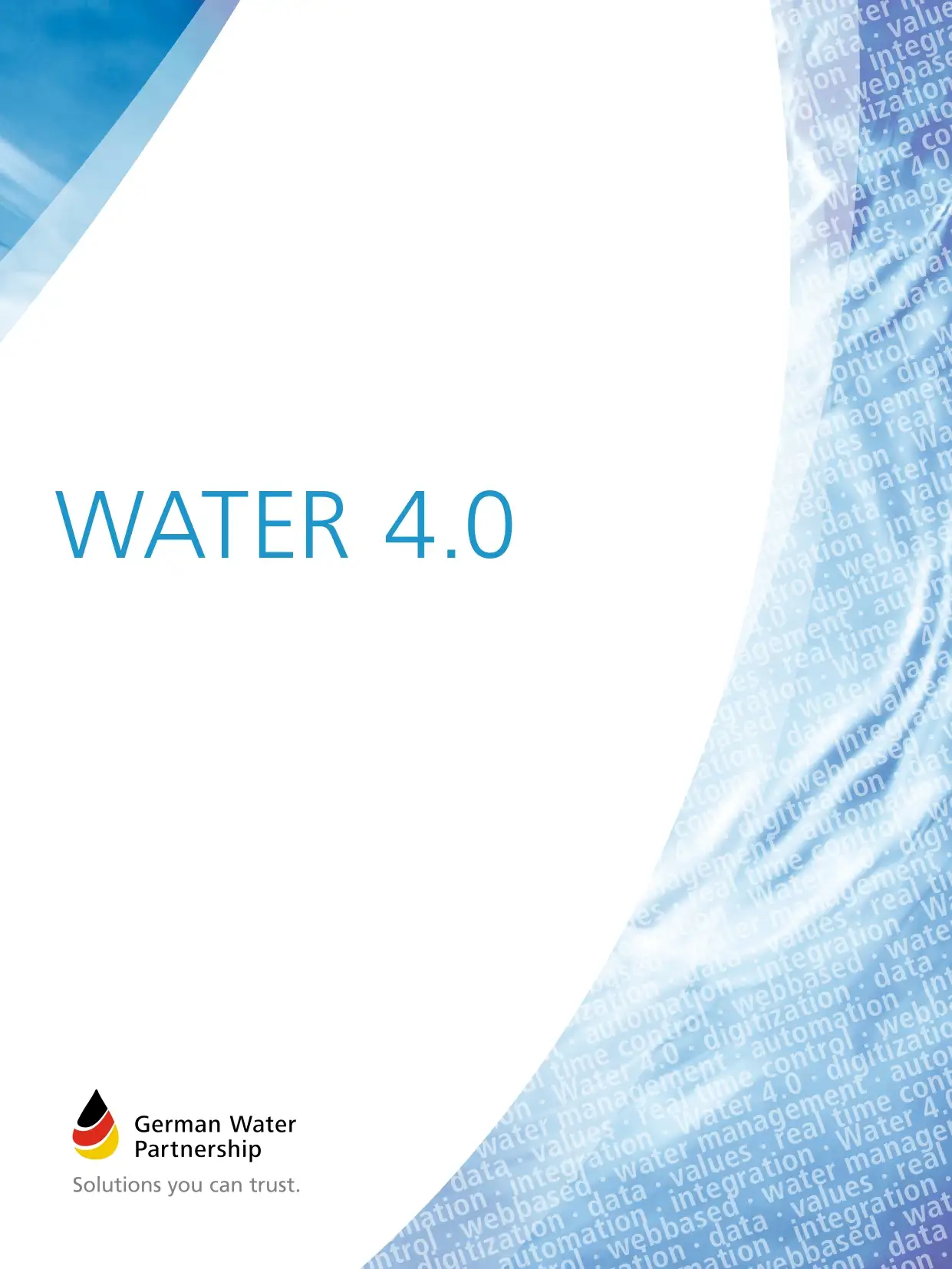

Reviews
There are no reviews yet.